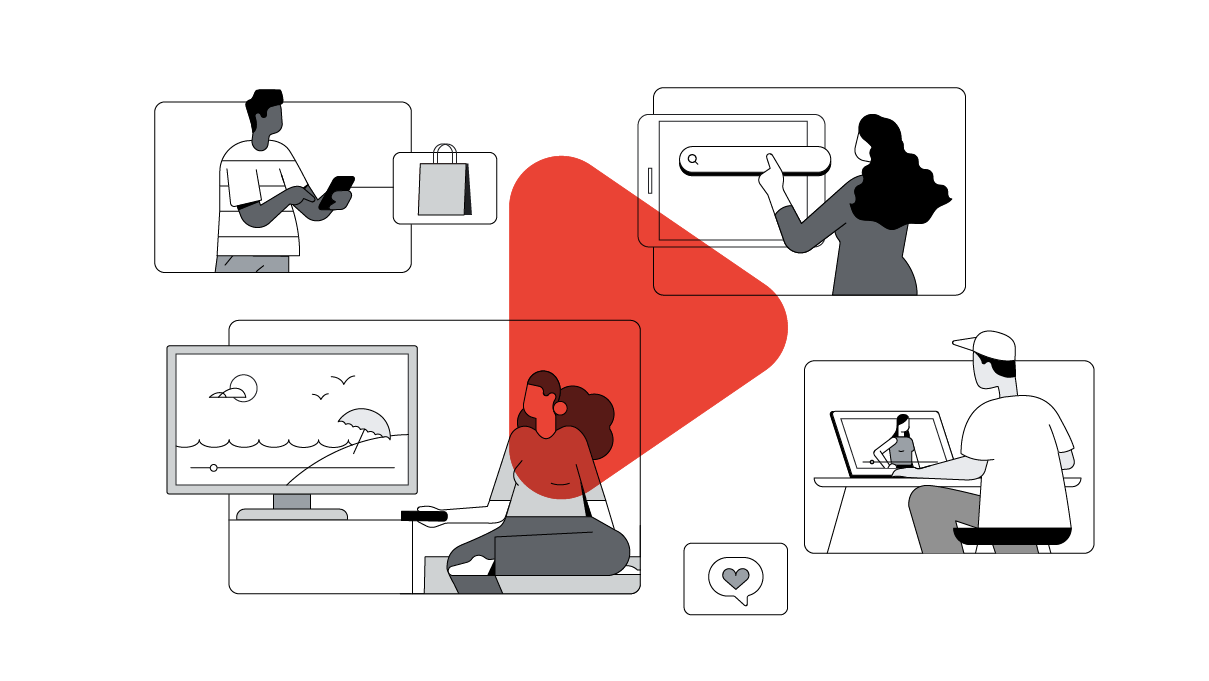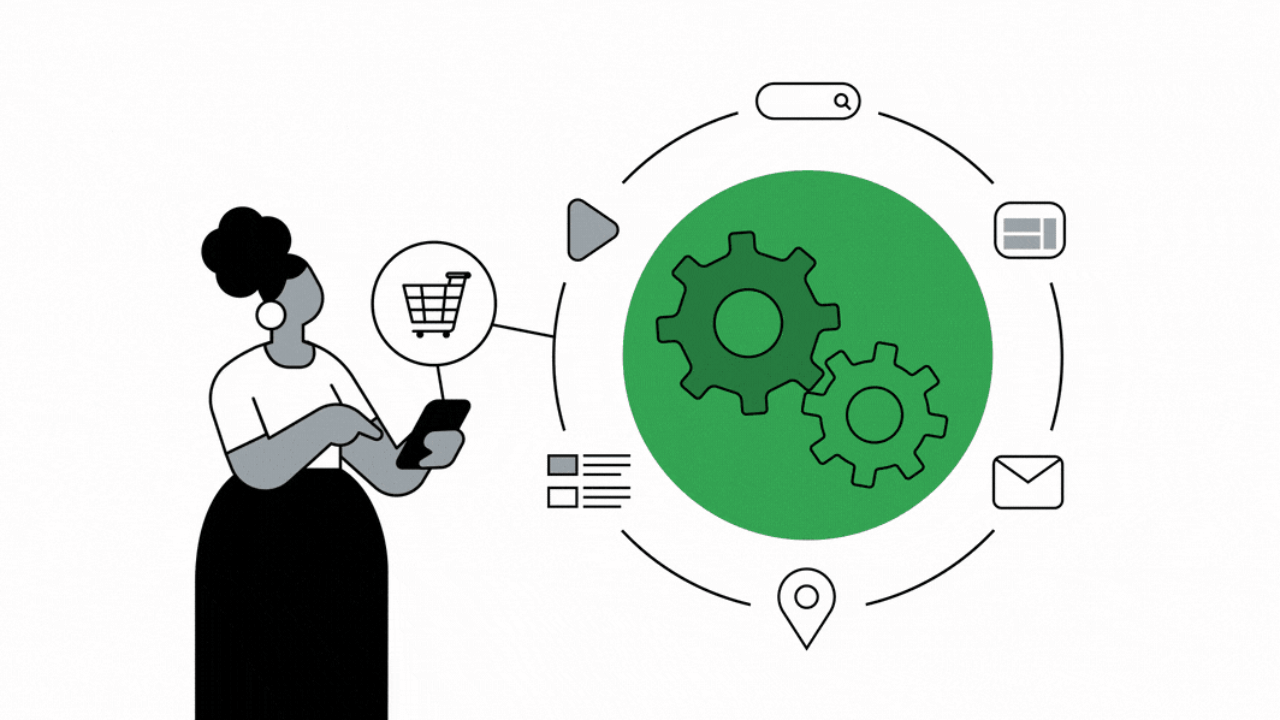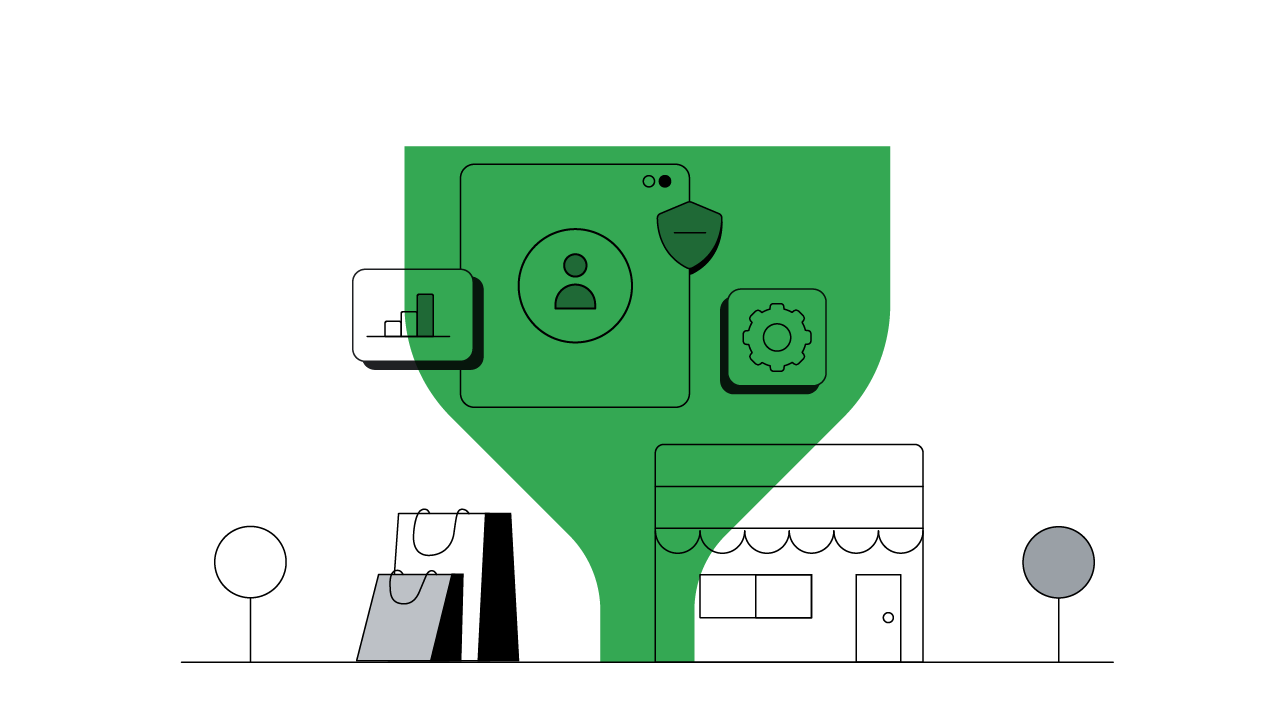The popularity of streaming services and smart devices gives marketers new opportunities to reach people as they consume digital content in traditional settings. Here, Jake Jolly, product manager for Display & Video 360 at Google, offers tips to help marketers keep up with changing consumer preferences in a new era of media.
People are always looking for new ways to communicate. Radio changed the game more than a century ago by opening our ears to voices around the world, and TV took it a step further by adding sight to sound in the 1920s. Today, this “offline media” is transitioning to the digital sphere where people can easily access their favorite content — any time, anywhere.
Consumers can stream podcasts and music in their cars and watch primetime programming on their own schedules with video on-demand. While some of these streaming services require paid subscriptions, others are accessible to anyone on the internet — opening up more opportunities for brands to serve helpful, personalized ads.
Considering these digital platforms have been picking up plenty of steam in APAC, it’s clear that people are open to connecting with brands in new ways on these digitized “traditional” channels:
As people’s growing affinity for streaming creates new types of digital ad experiences, you have the chance to reach consumers across more channels. Connecting with them in the right moments with precision just takes the right tools.
Here’s how marketers can engage a wider audience by rethinking their approach to “traditional” media and embracing programmatic technology.
Develop your creative with a wider audience in mind
Smart devices bring digital content into familiar communal viewing and listening settings. Let’s say a family at home is streaming their favorite show on their connected TV (CTV). Unlike smartphones or laptops, smart devices are typically shared and immediately broadcast content to everyone within earshot, even if they aren’t huddled around the device. Someone cooking in the kitchen could easily catch bits of dialogue — and your ad — even if the CTV is in the living room.
Programmatic opens the doors to serving more tailored ad experiences in these moments than was previously possible on traditional broadcast channels. This gives brands the power to spark bigger, deeper conversations about the purchases that matter to everyone, from bathroom towels to summer vacations.
As you think of new ways to revamp your messaging for people who are simply enjoying content in “lean-back” environments rather than actively interacting with it, remember that everyone has unique interests and passions. One person’s veto could potentially derail the entire purchase, so it’s important to deliver an experience that keeps everyone engaged.
Unlike smartphones or laptops, smart devices are typically shared and immediately broadcast content to everyone within earshot, even if they aren’t huddled around the device.
Steer clear of silos with programmatic buys
Reaching consumers in more places starts by rethinking how you secure ad inventory. When you buy traditional and digital ad space separately, your campaign data ends up in silos. By consolidating your ad buys, you can gain a more comprehensive understanding of which metrics to focus on based on what sparks valuable action online.
By consolidating your ad buys, you can gain a more comprehensive understanding of which metrics to focus on based on what sparks valuable action online.
People typically can’t immediately interact with ads on smart speakers and CTVs, so metrics like incremental reach and awareness take the front seat compared to click-throughs and online sales. Nestlé saw this firsthand in a recent campaign in the United Kingdom, when the brand drove 58% higher incremental reach by adding digital audio into its media mix,7 a strategy that's catching on amongst APAC brands too.
With programmatic technology, you can reserve premium audio ad space alongside the rest of your inventory and have a better chance of achieving these metrics. So, regardless of whether people are unwinding in front of a CTV or listening to a podcast on their daily commute, you can meet them on their favorite platforms and assess performance across channels in a single place.
Make user privacy your top priority
Digital tools allow you to develop more resonant creative with greater precision. But recently, those same tools have raised concerns about how people’s data is being used. To meet consumers’ expectations for privacy, the advertising industry has to establish more privacy-safe standards in new media environments like CTVs.
That’s why we partnered with the IAB Tech Lab to develop guidelines for the Identifier for Advertising (IFA). The IFA is a unique device identifier for over-the-top devices that offers people more control over how their private information is used. Unlike IP addresses, IFAs can easily be reset in users’ device settings and empower people to permanently opt out from interest-based ads if they wish to do so.
To meet consumers’ expectations for privacy, the advertising industry has to establish more privacy-safe standards in new media environments like CTVs.
We’ve already implemented IFAs into Display & Video 360, allowing marketers to manage ad frequency, measure reach, and segment their audiences while respecting user privacy. We’re encouraged to see other players in the industry already adopting these measures.
As you invest more in programmatic, opt for partnerships and tools that proactively protect user privacy. Empowering people with control over their data is critical to earning and keeping their trust in the long run.
Engage consumers in more places, in new ways
APAC businesses are expected to ramp up their programmatic investments by 17% in the next year. As new technologies continue to add a digital touch to classic platforms, more kinds of media are now available programmatically. Learning the ins and outs of this technology is key to creating more valuable experiences for your consumers now and in the future.







